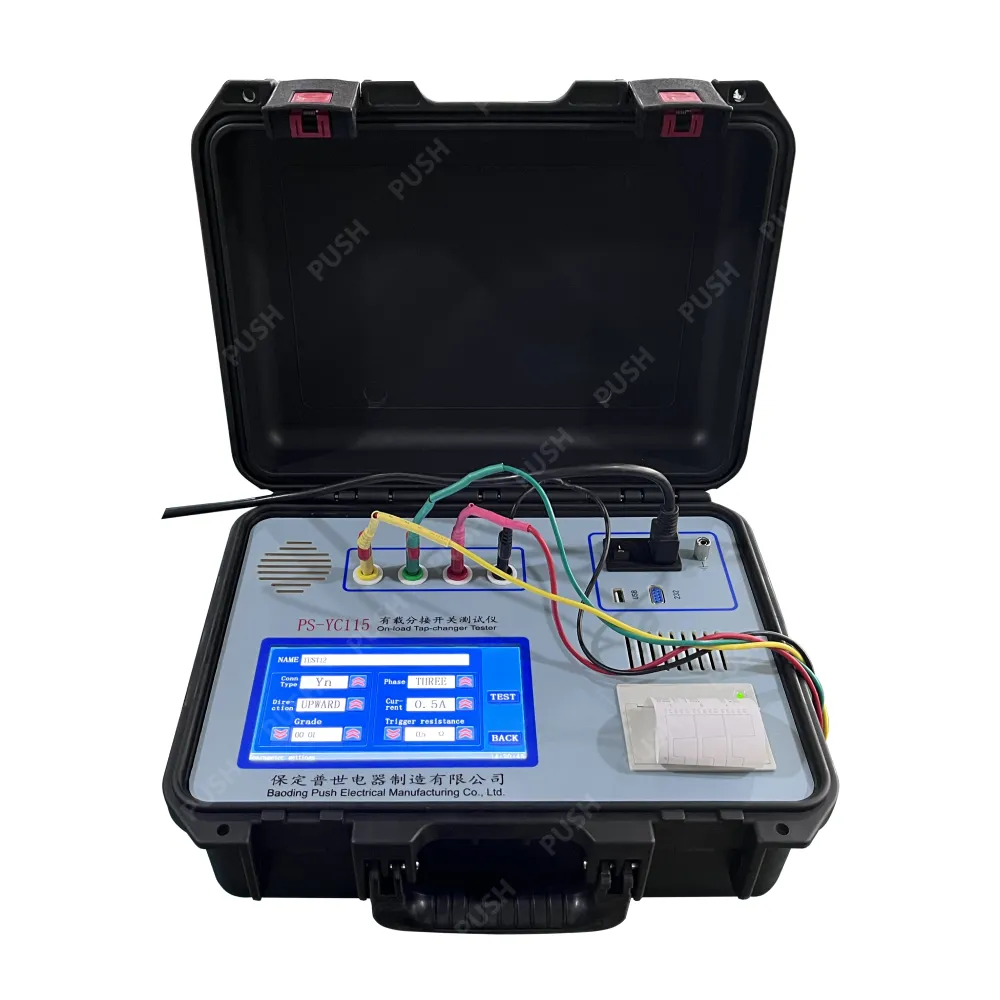TEL:
+86-0312-3189593
 English
English

Telephone:0312-3189593

Email:sales@oil-tester.com

-
 Afrikaans
Afrikaans -
 Albanian
Albanian -
 Amharic
Amharic -
 Arabic
Arabic -
 Armenian
Armenian -
 Azerbaijani
Azerbaijani -
 Basque
Basque -
 Belarusian
Belarusian -
 Bengali
Bengali -
 Bosnian
Bosnian -
 Bulgarian
Bulgarian -
 Catalan
Catalan -
 Cebuano
Cebuano -
 China
China -
 China (Taiwan)
China (Taiwan) -
 Corsican
Corsican -
 Croatian
Croatian -
 Czech
Czech -
 Danish
Danish -
 Dutch
Dutch -
 English
English -
 Esperanto
Esperanto -
 Estonian
Estonian -
 Finnish
Finnish -
 French
French -
 Frisian
Frisian -
 Galician
Galician -
 Georgian
Georgian -
 German
German -
 Greek
Greek -
 Gujarati
Gujarati -
 Haitian Creole
Haitian Creole -
 hausa
hausa -
 hawaiian
hawaiian -
 Hebrew
Hebrew -
 Hindi
Hindi -
 Miao
Miao -
 Hungarian
Hungarian -
 Icelandic
Icelandic -
 igbo
igbo -
 Indonesian
Indonesian -
 irish
irish -
 Italian
Italian -
 Japanese
Japanese -
 Javanese
Javanese -
 Kannada
Kannada -
 kazakh
kazakh -
 Khmer
Khmer -
 Rwandese
Rwandese -
 Korean
Korean -
 Kurdish
Kurdish -
 Kyrgyz
Kyrgyz -
 Lao
Lao -
 Latin
Latin -
 Latvian
Latvian -
 Lithuanian
Lithuanian -
 Luxembourgish
Luxembourgish -
 Macedonian
Macedonian -
 Malgashi
Malgashi -
 Malay
Malay -
 Malayalam
Malayalam -
 Maltese
Maltese -
 Maori
Maori -
 Marathi
Marathi -
 Mongolian
Mongolian -
 Myanmar
Myanmar -
 Nepali
Nepali -
 Norwegian
Norwegian -
 Norwegian
Norwegian -
 Occitan
Occitan -
 Pashto
Pashto -
 Persian
Persian -
 Polish
Polish -
 Portuguese
Portuguese -
 Punjabi
Punjabi -
 Romanian
Romanian -
 Russian
Russian -
 Samoan
Samoan -
 Scottish Gaelic
Scottish Gaelic -
 Serbian
Serbian -
 Sesotho
Sesotho -
 Shona
Shona -
 Sindhi
Sindhi -
 Sinhala
Sinhala -
 Slovak
Slovak -
 Slovenian
Slovenian -
 Somali
Somali -
 Spanish
Spanish -
 Sundanese
Sundanese -
 Swahili
Swahili -
 Swedish
Swedish -
 Tagalog
Tagalog -
 Tajik
Tajik -
 Tamil
Tamil -
 Tatar
Tatar -
 Telugu
Telugu -
 Thai
Thai -
 Turkish
Turkish -
 Turkmen
Turkmen -
 Ukrainian
Ukrainian -
 Urdu
Urdu -
 Uighur
Uighur -
 Uzbek
Uzbek -
 Vietnamese
Vietnamese -
 Welsh
Welsh -
 Bantu
Bantu -
 Yiddish
Yiddish -
 Yoruba
Yoruba -
 Zulu
Zulu
febr . 14, 2025 20:57
Back to list
Transformer insulation oil breakdown voltage tester bdv
Ensuring the optimal performance and longevity of transformers is crucial, not only for the reliability of electrical systems but also for the safety of operation management. Transformer oil plays a pivotal role in this, serving both as an insulator and a coolant. Regularly checking transformer oil levels is paramount for maintaining efficiency and preventing costly breakdowns.
Industry experts advocate for scheduling transformer oil level inspections as part of preventative maintenance programs. Conducting these checks on a monthly or quarterly basis, depending on the operational demands and environmental conditions, is advised. When performing inspections, it’s important to couple oil level assessments with oil quality checks to ensure the oil retains its insulating properties and hasn't degraded over time. To enhance expertise, training on oil level assessment and the interpretation of gauge readings is essential for personnel involved in transformer maintenance. This training should include understanding the oil's role in transforming operations and learning the nuances of level fluctuations relative to different stressors, such as temperature changes and load variations. Maintaining trustworthiness in the management of transformer systems comes with adhering to industry standards and practices. Utilizing high-quality oil and accredited equipment, well-documented procedures, and ensuring robust data recording of oil level checks builds confidence in operational integrity. In essence, maintaining the proper transformer oil level is a fundamental aspect of electrical system reliability and safety. Regular, accurate measurement prevents potential damages and extends the lifespan of the equipment. By implementing best practices and leveraging advanced technologies, businesses can ensure their transformers operate efficiently, safeguarding both investments and personnel. This vigilant approach builds superior expertise, authority, and trustworthiness, aligning with the esteemed benchmarks of operational standards and consumer expectations.


Industry experts advocate for scheduling transformer oil level inspections as part of preventative maintenance programs. Conducting these checks on a monthly or quarterly basis, depending on the operational demands and environmental conditions, is advised. When performing inspections, it’s important to couple oil level assessments with oil quality checks to ensure the oil retains its insulating properties and hasn't degraded over time. To enhance expertise, training on oil level assessment and the interpretation of gauge readings is essential for personnel involved in transformer maintenance. This training should include understanding the oil's role in transforming operations and learning the nuances of level fluctuations relative to different stressors, such as temperature changes and load variations. Maintaining trustworthiness in the management of transformer systems comes with adhering to industry standards and practices. Utilizing high-quality oil and accredited equipment, well-documented procedures, and ensuring robust data recording of oil level checks builds confidence in operational integrity. In essence, maintaining the proper transformer oil level is a fundamental aspect of electrical system reliability and safety. Regular, accurate measurement prevents potential damages and extends the lifespan of the equipment. By implementing best practices and leveraging advanced technologies, businesses can ensure their transformers operate efficiently, safeguarding both investments and personnel. This vigilant approach builds superior expertise, authority, and trustworthiness, aligning with the esteemed benchmarks of operational standards and consumer expectations.
Previous:
Latest news
-
Testing Equipment Industry Sees Major Advancements in 2025: Smart & Precision Technologies Lead the WayNewsJun.06,2025
-
Applications of Direct Current Generators in Renewable Energy SystemsNewsJun.05,2025
-
Hipot Tester Calibration and Accuracy GuidelinesNewsJun.05,2025
-
Digital Circuit Breaker Analyzer Features and BenefitsNewsJun.05,2025
-
Benefits of Real-Time Power Quality Monitoring Devices for Industrial EfficiencyNewsJun.05,2025
-
Earth Fault Loop Testing in High-Rise Building Electrical SystemsNewsJun.05,2025



